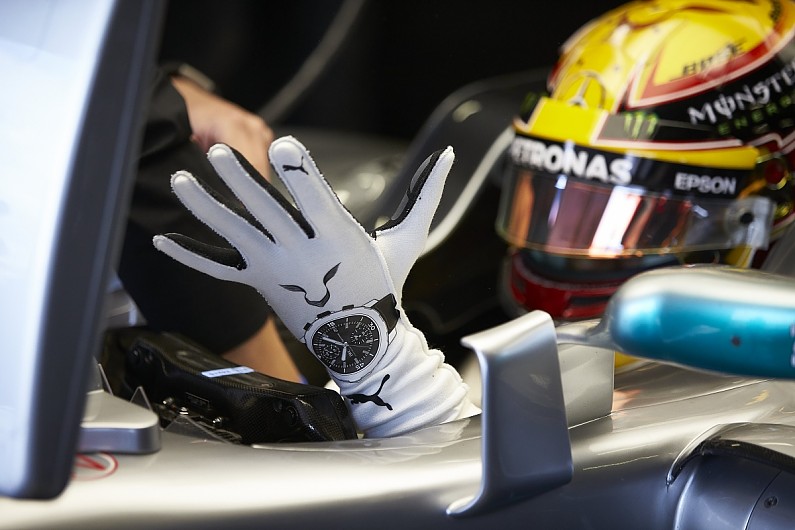Formula 1 is planning to introduce biometric gloves from next season in a bid to help medical personnel better assess the physical condition of a driver after accidents.
The new technology features a 3mm thick sensor and it will monitor a driver’s pulse rate and the amount of oxygen in the blood. In the future, F1 could add further monitors for body temperature and respiratory rate.
The initial sensor will be stitched inside every driver’s gloves in 2018 after Mercedes, Ferrari and Red Bull drivers tested it during the Hungarian Grand Prix weekend and a decision will soon be made on where best to stitch the sensor.
The project is supported by the Global Institute for Motor Sport Safety and it is hoped that the data from the sensors can make a difference in larger incidents.
FIA deputy medical delegate Doctor Ian Roberts told the FIA’s AUTO magazine: “We know that the monitoring of people is essential in terms of their medical care.
“Drivers in incidents are no different. We would like to start monitoring and assessing them as soon as we possibly can.
“But the equipment that we currently use is relatively bulky and is only applied after the incident has happened.
“There are also times when the driver isn’t immediately accessible to us, so if we can’t see him or we’re not actually next to him, there’s limited information that we can get.”
Roberts suggests that the data from the sensor will be useful in incidents like the one Carlos Sainz suffered during final practice at the 2015 Russian Grand Prix, when he was left trapped under a barrier and it was hard to assess his conditions.
“Accurate monitoring was impossible until we got hands-on, and obviously we couldn’t do that until the barriers were moved,” he added.
“If we had monitoring on him straight away we could have planned our rescue even better than we did.
“With this new technology, the moment a driver has an incident we will receive physiological readings and biometrics, so he is continually monitored from point zero right through to the initial response and on to the medical centre.”
